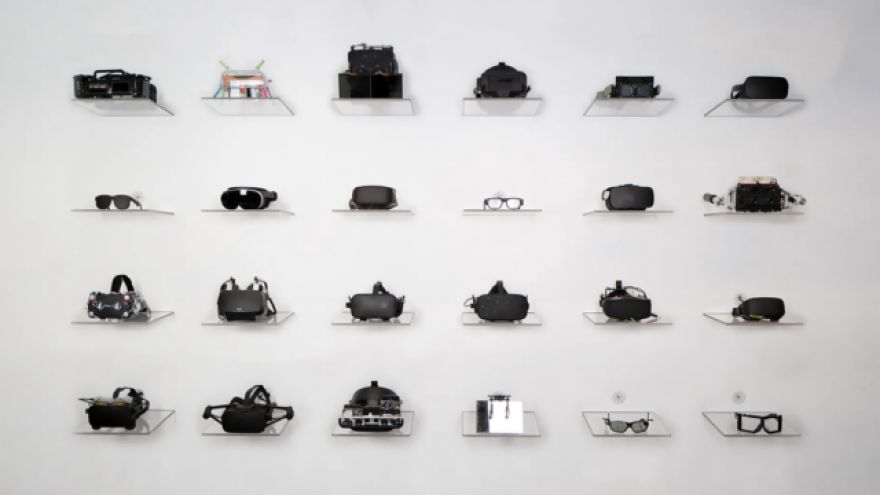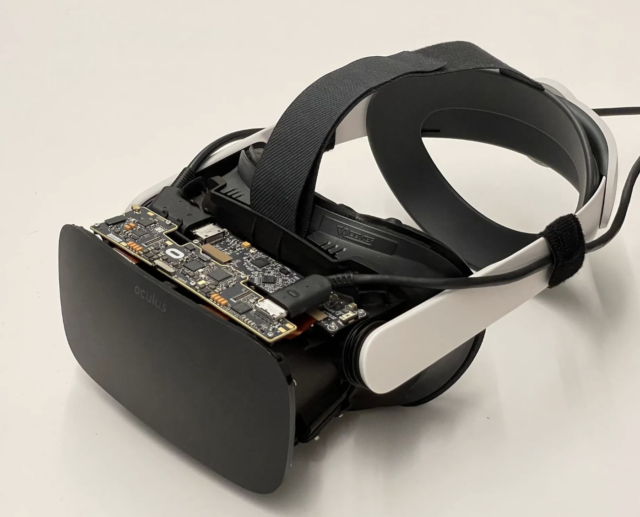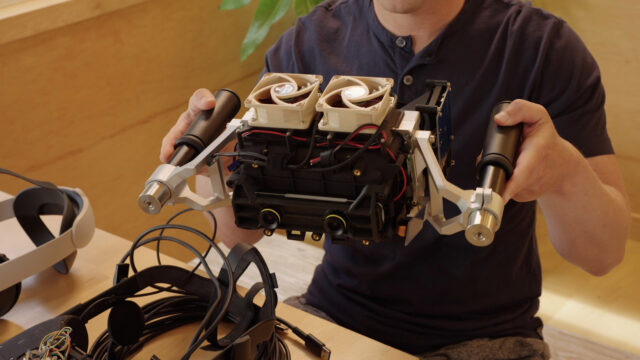
Meta Shows Off the Future of VR With Prototype Headsets
Sadly, all of them feature experimental technology, and none are even close to being available. Zuckerberg said they’re part of the company’s work on a “visual Turing test.
Zuckerberg the experimental devices in a short YouTube video. He was also joined by , formerly of Valve Software and now the chief scientist at Reality Labs, for an extended discussion of the future of VR. The prototypes are code-named Butterscotch, Starburst, and Holocake 2. As noted previously, each one explores the outer edges of VR technology.
Butterscotch is Meta’s attempt at a super high-resolution display. It sports twice the number of pixels offered by the Quest 2. However, it’s not even close to being a shipping product. To achieve that resolution, Meta halved the Quest 2’s 110-degree field of view to just 55 degrees. This falls short of the company’s 60-pixels-per-degree benchmark to achieve “retinal resolution.” Still, Butterscotch allows the wearer to read the fine print on a 20/20 vision test. That’s a feat the Quest 2 and Rift cannot achieve.

Meta’s Butterscotch prototype for “retinal resolution.” (Image: Meta)
Next, Zuckerberg showed off the Half-Dome prototype, which tackles variable focal depths. In VR you have to be able to focus on things far away, but still have the ability to pick something up and look at it close to your face. Meta built a mechanism that changes the focal depth by varying the distance between the lens and the display. As you can probably guess, this technology is tricky to squeeze into a headset that’s supposed to be small and unobtrusive. However, notes that Meta has figured out a way to make varifocal optics more compact, with a solid-state mechanism that’s small and notably silent.
Meta is also experimenting with HDR for VR. Zuckerberg says figuring out HDR is one of the most important things it can do to boost realism in VR. To achieve this Meta created Starburst, which it claims is the very first HDR headset. This is the most obvious “prototype” of the bunch, as it includes handles on both sides. The key to accurate HDR is peak and sustained brightness, and Starburst is no slouch there: It can hit a reported 20,000 nits, far beyond even the most high-end HDR TVs available today. The Quest 2 only offers 100 nits, so Starburst is generations ahead of current technology.

The Starburst prototype is the world’s only HDR VR headset. (Image: Meta)
Finally, there’s Holocake 2. The company built it as the form factor it envisions for its future devices. It’s the company’s thinnest and lightest HMD, and it uses holographic display technology. It combines holographic and pancake lenses, hence the name Holocake. allow for a much thinner headset due to their slim design. Holographic lenses embed a hologram of a traditional lens and can produce similar results at a fraction of the size.
All of this news comes as we wait patiently for Meta to reveal its high-end headset, . The company announced its existence last year, and Zuckerberg has said it’s launching in 2022. What’s interesting is when Zuckerberg last demoed Cambria, it was blurred out. If you squint a bit, though, it looks a lot like Holocake. All we know so far about Cambria is it will be the first VR headset to adopt pancake optics, and that it will be much more powerful than the Quest 2. It seems as though Meta is anticipating a big fight with Apple in the upper-tier of the VR space. That company is also supposed to announce its first VR/AR headset, which has been in development for .
Now Read: